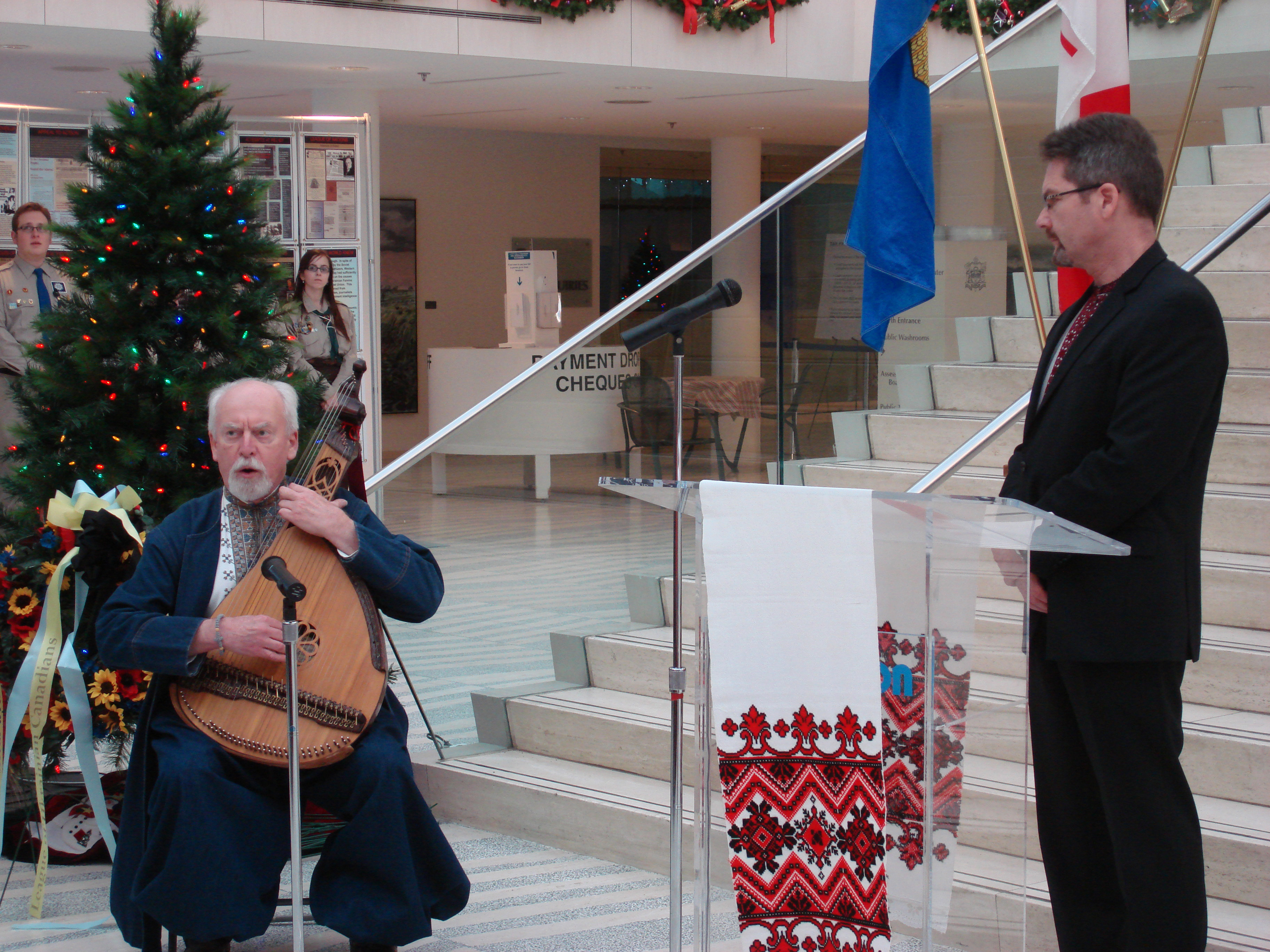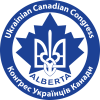
“….. Ukraine prior to 1932, had the highest birthrate in Europe and a natural population increase of some 800,000 per year, also the highest in Europe. It was this success as a nation that posed the single greatest threat to the Russian Soviet goal of dictatorial control from Moscow and the russification of Ukrainian society. The first attack was on Ukrainian intellectuals, artists and writers. Between 1926 and 1933, hundreds of thousands of teachers, writers, artists, and political leaders were executed, imprisoned or exiled. In 1931 alone, more than 51,000 members of the intelligentsia were exiled to Siberia.The second attack was against the Ukrainian Autocephalous Orthodox Church. Between 1926 and 1932, Metropolitan Lypkivsky and 10,000 Ukrainian Orthodox clergy were executed. Essentially, by 1932, the Ukrainian Autocephalous Orthodox Church in Ukraine was eliminated. The third part of this genocide was aimed at the Ukrainian peasants, the heart of Ukrainian identity – the folklore, the music, the Ukrainian language and literature, the kobzari. A law passed in Moscow declared all food in Ukraine a state asset. In the fall of 1932, 112,000 Russian Soviet soldiers and NKVD secret police entered Ukraine and sealed her borders denying the victims of the upcoming famine the opportunity to search for food. All food and seed grain was removed from targeted areas and one third of all Ukrainian villages were blacklisted. These were the most uncooperative villages, the ones that most resisted forced collectivization and the removal of food. Their fate was to be surrounded by soldiers and police. Anyone who tried to leave these villages was shot…..”
— Boris Radio, Assistant Superintendent, Edmonton Catholic Schools
Download the full text of the Mr. Radyo’s Address
Photo – Serhiy Kostyuk. Dr. Hornjatkewych plays and sings a lament in memory of the kobzari. A lament, a song of grief, that describes that day in about 1935 when hundreds of kobzari gathered outside of Kharkiv, Ukraine’s capital city, under the guise of a kobzar’s convention. The kobzari were all executed, their bodies thrown into a pit and forgotten.
